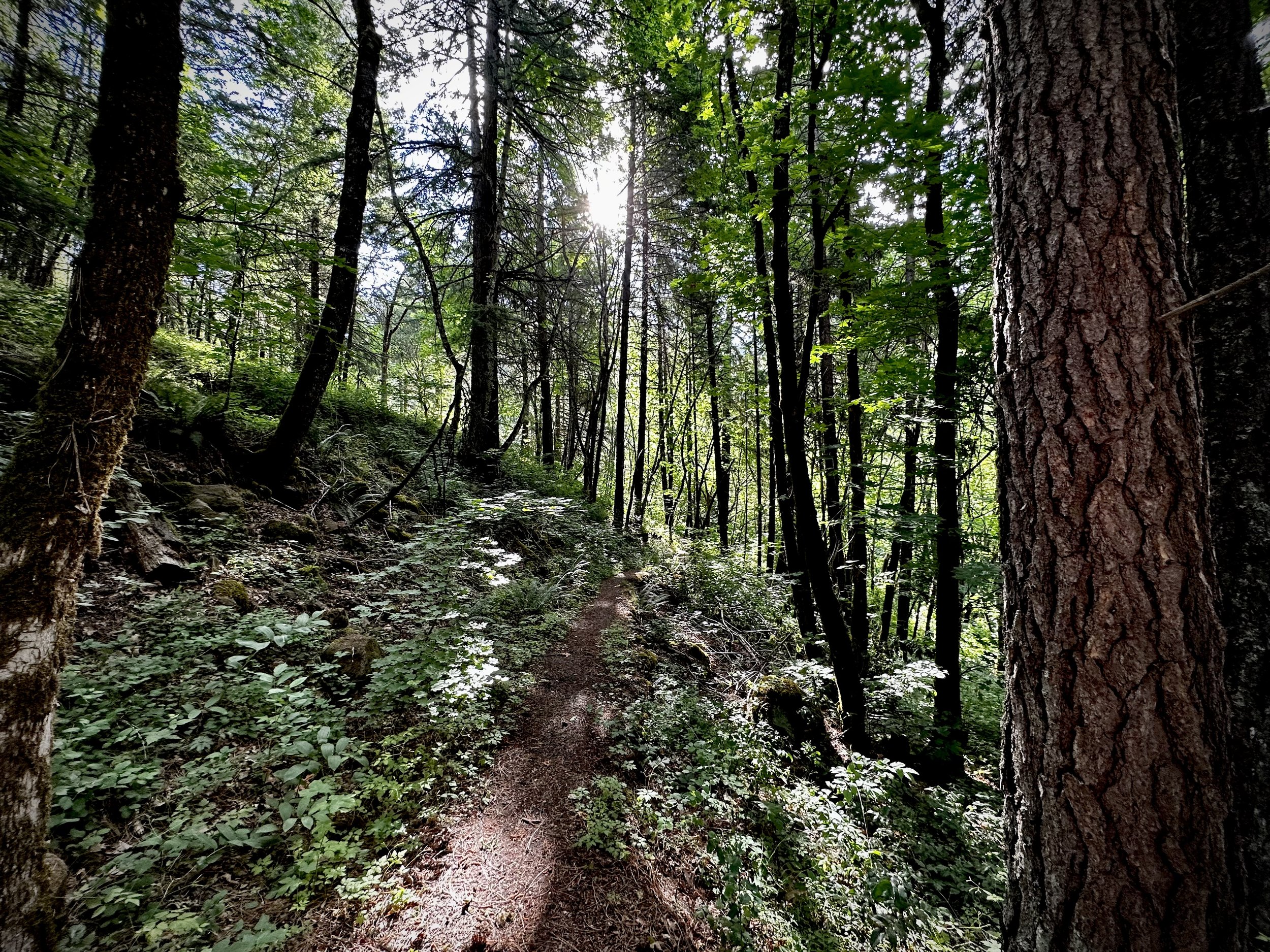The Spring Street Passive House is a healthy passive house project by Diane and Kristof Irwin.

Indoor Air Quality
We spend the vast majority of our lives indoors, where the air we breathe can be significantly more polluted than the air outside. This indoor air is often laden with a cocktail of contaminants, from dust and pollen to volatile organic compounds (VOCs) emitted by building materials, furniture, and cleaning products. Poor indoor air quality (IAQ) is linked to a range of health issues, including allergies, asthma, respiratory illnesses, and even long-term cardiovascular problems. Recognizing this critical connection between air quality and well-being, the Spring Street Passive House design holds IAQ as a prime directive. By creating a virtually airtight building envelope, the design prevents the infiltration of outdoor allergens and pollutants. This is coupled with a state-of-the-art energy recovery ventilation (ERV) system that continuously supplies a stream of fresh, filtered air while exhausting stale, moist air. This constant, controlled circulation of clean air is fundamental to the Passive House methodology, ensuring a healthy and comfortable indoor environment year-round.

Passive House
While any home can be built with good intentions, Phius certification provides the ultimate assurance that a home will perform as designed. This rigorous, third-party verification process ensures that a project has met the highest standards for energy efficiency, durability, and occupant health. For the Spring Street Passive House, pursuing Phius certification is not just about achieving a label; it is a commitment to quality and a validation of our core principles. The Phius standard is specifically tailored to the North American climate, ensuring that the design is perfectly optimized for our region's weather patterns. From detailed plan reviews to on-site inspections and performance testing, the Phius certification process provides a critical layer of quality control, guaranteeing that the finished home delivers exceptional comfort, superior indoor air quality, and radically low energy consumption for years to come.

Radiant Heating & Cooling
Achieving superior comfort requires a smarter approach than simply blasting hot or cold air. The Spring Street Passive House utilizes a hydronic radiant system, circulating water through tubing in the floors to provide unparalleled thermal comfort from the ground up. This method heats and cools objects and surfaces directly, creating a stable, even, and silent environment free from the drafts, dust, and allergens associated with forced-air systems. Beyond comfort, this system offers a profound environmental advantage. As the world confronts the massive carbon footprint and regulatory challenges of phasing out potent greenhouse gas refrigerants used in conventional air conditioners and heat pumps, our hydronic system offers a clear and sustainable path forward. By using water as its primary medium for transferring energy, it bypasses the need for these high-impact chemicals entirely, drastically reducing its environmental impact while consuming significantly less energy than traditional HVAC systems.

Low Embodied Carbon Materials
While a building's energy efficiency determines its carbon footprint during operation, a huge portion of its lifetime carbon impact is already locked in before the lights are ever turned on. This "embodied carbon" represents all the greenhouse gas emissions associated with mining, manufacturing, and transporting building materials. Recognizing that a truly sustainable home must account for this hidden impact, the Spring Street Passive House design makes the selection of low-carbon materials a prime directive. By carefully choosing materials that are responsibly sourced, require less energy to produce, and are often plant-based, like wood fiber insulation and timber framing, we can actively reduce the building's initial carbon debt. This deliberate focus on the entire lifecycle of our materials ensures that the home is not only exceptionally efficient to live in, but was also built from the start with the health of our planet in mind.

Healthy Materials
Airtight, energy-efficient homes have revolutionized comfort and performance, but they carry a profound responsibility: what we build with, we breathe. Many conventional building products, from paints and adhesives to flooring and insulation, can release harmful chemicals like formaldehyde and volatile organic compounds (VOCs) into the air for years, compromising the very indoor air quality a well-built home should protect. The Spring Street Passive House design holds the selection of healthy, non-toxic materials as a foundational principle. We have meticulously vetted every product and component to eliminate sources of indoor pollution, prioritizing materials that are Red List free and have transparent health-based sourcing. This commitment ensures that our superior indoor air quality is not just the result of a great ventilation system, but a direct outcome of building with healthier materials from the inside out, creating a home that actively supports the well-being of its occupants.

Resilient Strategies
In an era of increasing climate uncertainty and grid fragility, a truly modern home must be a sanctuary of safety and self-sufficiency. The concept of resiliency—the ability to maintain safe and comfortable conditions during extreme weather events or power outages—is no longer a luxury, but a necessity. The Spring Street Passive House was designed with robust resiliency as a prime directive, beginning with its core Phius design. Its exceptional insulation and airtightness create a "passive survivability" that can keep the indoor temperature stable for days without any mechanical systems. We build upon this foundation with active strategies for complete energy independence, integrating a solar PV array with onsite battery storage to power essential circuits indefinitely. Recognizing the growing threat of regional wildfires, the home also includes a dedicated emergency ventilation mode, capable of filtering dangerous smoke particles from the air, ensuring that even when outside conditions are hazardous, the indoor environment remains a healthy and secure refuge.

